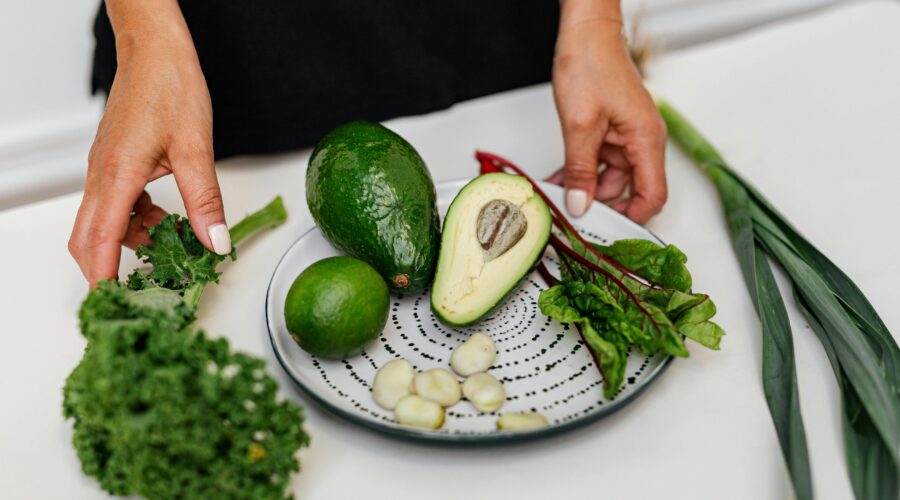In an age where new health fads appear seemingly every day, the term “superfood” has become both buzzworthy and confusing. What precisely qualifies a food as “super,” and how can such foods benefit your well-being? In general, a superfood is any ingredient dense in nutrients—think vitamins, minerals, antioxidants, and healthy fats—that can bolster multiple facets of health, from immune support to cardiovascular resilience. While no single food can perform miracles on its own, weaving these nutrient-rich all-stars into a balanced diet can help you get more mileage out of each meal.
The concept of superfoods isn’t new. Cultures worldwide have long prized certain ingredients for their remarkable healing properties, whether it’s turmeric in Ayurvedic medicine or seaweed in East Asian cuisines. Today, modern science is catching up by studying these age-old foods, revealing a trove of powerful compounds. Many superfoods contain antioxidants that combat oxidative stress in our cells, potentially lowering the risk of chronic conditions like heart disease or certain cancers. Others offer a unique combination of vitamins and minerals that are hard to replicate in a single ingredient elsewhere.
It’s essential to remember that even the most celebrated superfood works best when complemented by other wholesome dietary choices, regular exercise, sufficient sleep, and stress management. Balance remains the guiding principle. Equally crucial is variety—eating a broad spectrum of nutrient-dense foods ensures you cover your bases and avoid nutritional gaps. In the sections that follow, we’ll explore some of the most accessible and beneficial superfoods, discussing how they might boost your health and how you can incorporate them into meals without feeling overwhelmed. From the leafy greens you toss in a salad to the nuts you snack on, there’s a world of easy ways to enhance both flavor and nutrition. Let’s explore how these top superfoods can pave the way toward a more vibrant, energetic life.

1. Kale
Kale’s rise from salad bar garnish to mainstream superstar is no accident. This leafy green belongs to the Brassica family—alongside broccoli, cauliflower, and Brussels sprouts—and is teeming with essential nutrients. High in vitamins A, C, and K, kale helps support vision, immune function, and bone health. Its antioxidant content, particularly in the form of beta-carotene and flavonoids like quercetin, plays a valuable role in protecting cells from oxidative stress.
One of kale’s most appealing qualities is its versatility. Raw kale can be massaged with olive oil, lemon juice, and salt to make it more palatable in salads. You can blend it into smoothies with fruit to balance its earthy flavor, or bake it into crunchy kale chips sprinkled with sea salt or spices. If you find the flavor too strong, baby kale offers a milder taste and a more tender texture. Regardless of how you prepare it, kale delivers a host of nutrients that can support everything from cardiovascular health to digestive regularity. As a bonus, its hearty leaves store well in the refrigerator, making it a convenient addition to your weekly meal prep.
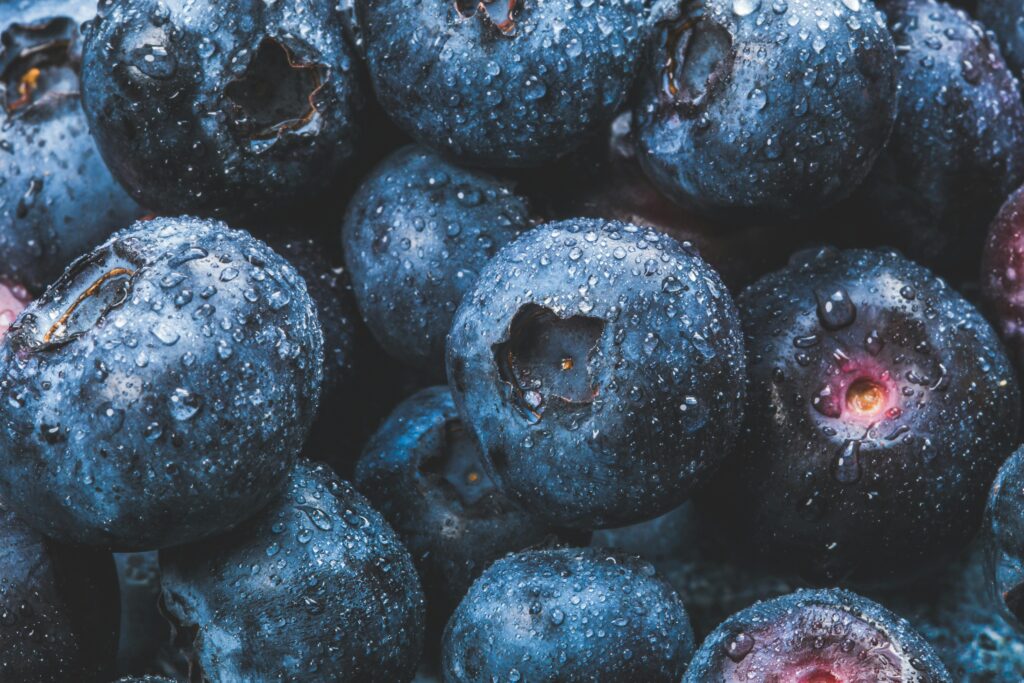
2. Blueberries
Blueberries often top the list of antioxidant-rich fruits for a good reason. Their deep-blue color comes from anthocyanins—powerful compounds that help shield cells from free-radical damage. Regular consumption of blueberries has been linked to enhanced memory, improved cognitive function, and heart health. They also contain fiber, vitamin C, and vitamin K, rounding out their impressive nutritional profile.
These bite-sized berries offer a natural sweetness that makes them easy to incorporate into various dishes. Sprinkle them on oatmeal or yogurt, blend them into smoothies, or use them to add a sweet-and-tangy kick to salads. Frozen blueberries remain a budget-friendly option that retains most of their nutrients, allowing you to enjoy them year-round. Feeling adventurous? Reduce blueberries into a sauce for meats or combine them with fresh herbs like basil or mint for a unique flavor twist. Whether fresh, frozen, or cooked, blueberries deliver a burst of taste and antioxidants in every bite.

3. Salmon
Salmon stands out among protein sources for its high concentration of omega-3 fatty acids, specifically EPA and DHA, which benefit heart, brain, and joint health. These healthy fats may help reduce inflammation, support mental clarity, and promote healthy cholesterol levels. Salmon also provides a wealth of protein, B vitamins, and selenium, essential for energy metabolism and thyroid health.
Preparing salmon can be as simple or elaborate as you like. Marinate fillets in olive oil, garlic, and herbs before grilling, or season them with salt and pepper and bake for a quick dinner. If you prefer a cost-effective approach, canned salmon is a versatile pantry staple that works in salads or fish cakes. Pair salmon with steamed vegetables, or flake it into a whole-grain wrap for a protein-packed lunch. Opting for wild-caught salmon can enhance flavor and may offer a more favorable omega-3 profile, but farmed salmon still has many benefits. Including salmon once or twice a week can noticeably boost your intake of vital nutrients.
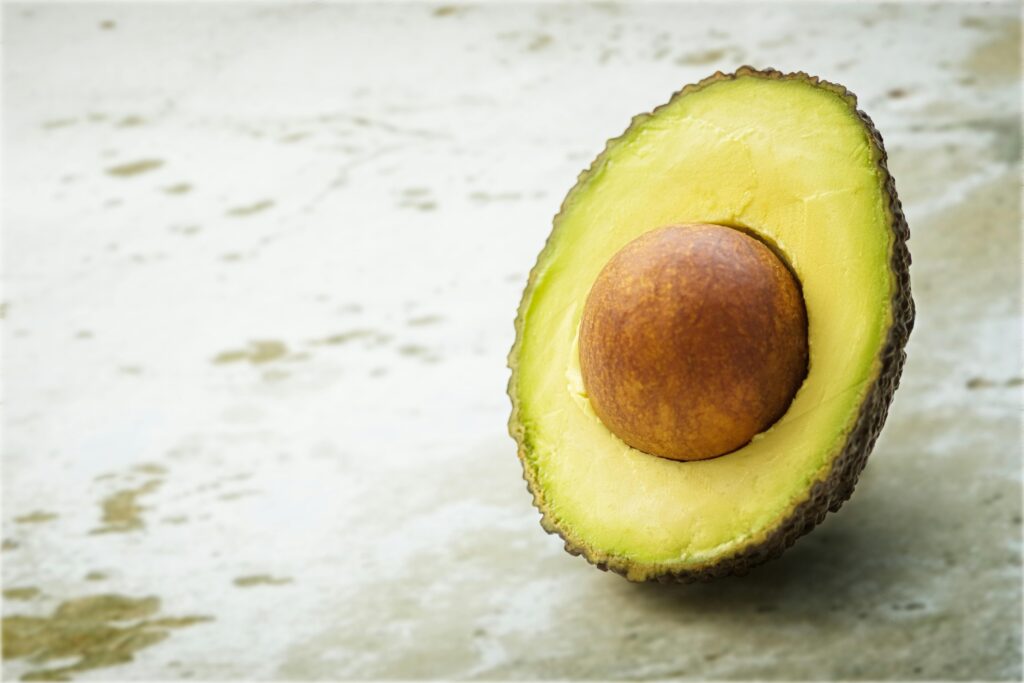
4. Avocados
Avocados are beloved for their creamy texture and rich flavor, but their real allure lies in their impressive nutrient density. They’re packed with heart-healthy monounsaturated fats, which help maintain balanced cholesterol levels when consumed in moderation. Avocados also provide a hefty dose of potassium (surpassing even bananas), plus vitamins C, E, K, and various B vitamins. This combination supports everything from blood pressure regulation to skin health.
Thanks to their versatility, avocados can be eaten anytime—from breakfast to dessert. Smash them onto whole-grain toast with a dash of salt and pepper, or blend them into smoothies to add a velvety consistency. Classic guacamole is another go-to, combining avocados with lime juice, onion, and cilantro for a zesty dip. For healthier dessert options, avocados can replace butter or cream in baking recipes, resulting in moist, nutrient-rich treats. Whichever way you choose, this fruit is a tasty way to bolster your diet with beneficial fats and key micronutrients.
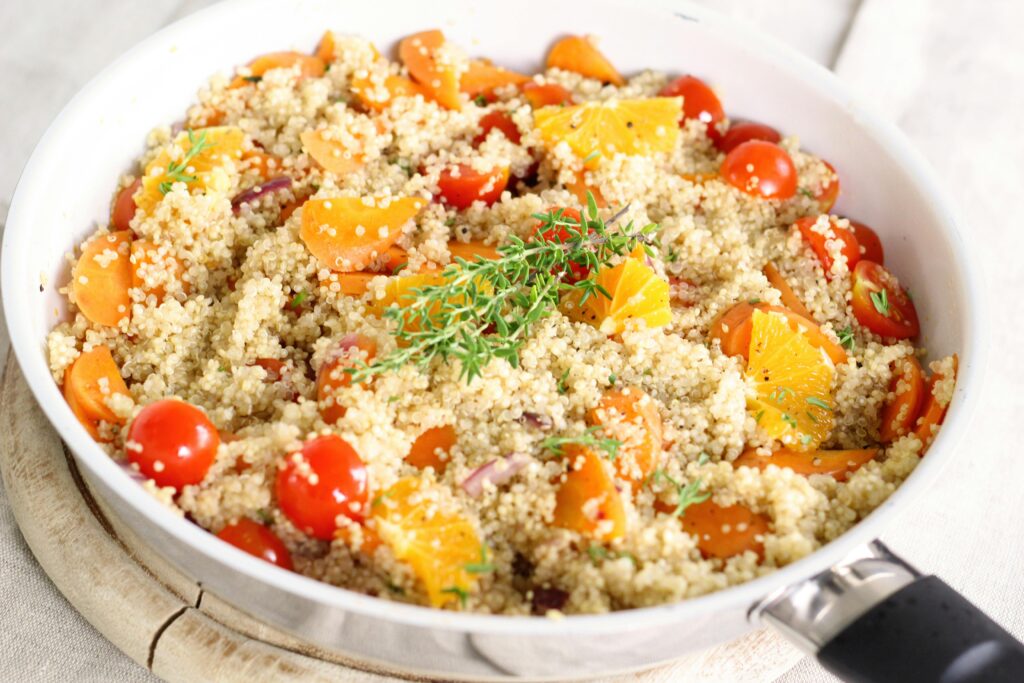
5. Quinoa
Though often called a grain, quinoa is technically a seed. It garners acclaim for being a complete plant-based protein, containing all nine essential amino acids. Beyond its protein content, quinoa is rich in fiber, iron, magnesium, and B vitamins—nutrients vital for energy production and cellular function. Naturally gluten-free, quinoa appeals to those with dietary sensitivities while still delivering robust nutrition.
Quinoa is quick to prepare and extremely flexible. Rinse it under cold water to remove any residual bitterness, then simmer in water or broth (using a 1:2 ratio) until the liquid is absorbed, about 15 minutes. Its mild, nutty flavor suits both savory and sweet dishes, making it ideal as a base for salads, bowls, or even breakfast porridge with fruit and nuts. You can also swap in quinoa flour for baking projects to boost protein and fiber. This adaptability and nutritional density make quinoa a perfect alternative to refined grains like white rice or pasta.
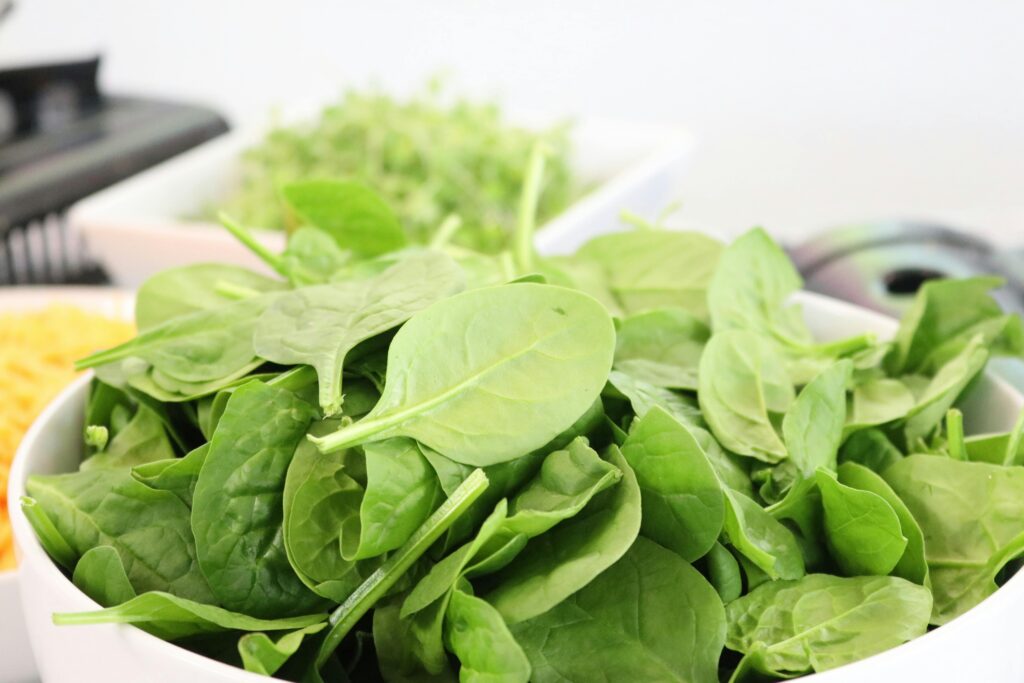
6. Spinach
Spinach may seem ordinary at first glance, but it’s anything but. Packed with vitamins A, C, and K, along with folate, iron, and calcium, spinach also contains antioxidants like lutein and zeaxanthin that support eye health. The nitrates found in spinach can help regulate blood pressure and improve blood flow, especially when combined with a balanced diet.
Its versatility is a big reason why spinach is a staple in many households. Toss fresh baby spinach into salads, or blend a handful into your morning smoothie without altering the taste drastically. Cooking spinach causes it to wilt considerably, making it easy to fold into pasta sauces, omelets, or stir-fries. A quick sauté with garlic, olive oil, and a pinch of salt transforms it into a vibrant, nutrient-packed side dish. Whether consumed raw or cooked, spinach delivers a wealth of health perks in a low-calorie package.
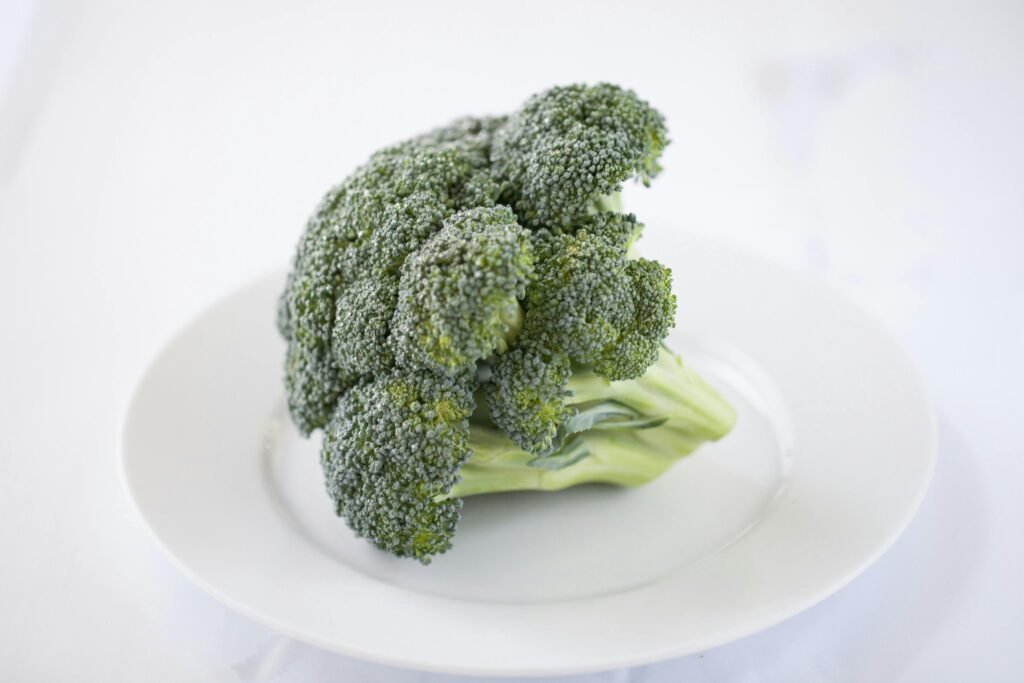
7. Broccoli
As a fellow member of the cruciferous family, broccoli shares many of the health benefits of kale, Brussels sprouts, and cauliflower. High in vitamins C and K, fiber, and folate, broccoli supports immune function, bone health, and digestion. It also contains sulforaphane, a compound with potential anti-cancer properties that may support the body’s natural detoxification mechanisms.
There are countless ways to prepare broccoli. Light steaming preserves more of its water-soluble vitamins, while roasting enhances its natural sweetness. You can also add broccoli florets to stir-fries, soups, or casseroles, or eat them raw with a flavorful dip. If texture is a concern, purée broccoli into soups or pesto-like sauces. Broccoli stays fresh for several days when stored properly, making it ideal for weekly meal prep. Whether served as a side dish or incorporated into a main course, broccoli infuses your meals with fiber and essential micronutrients.
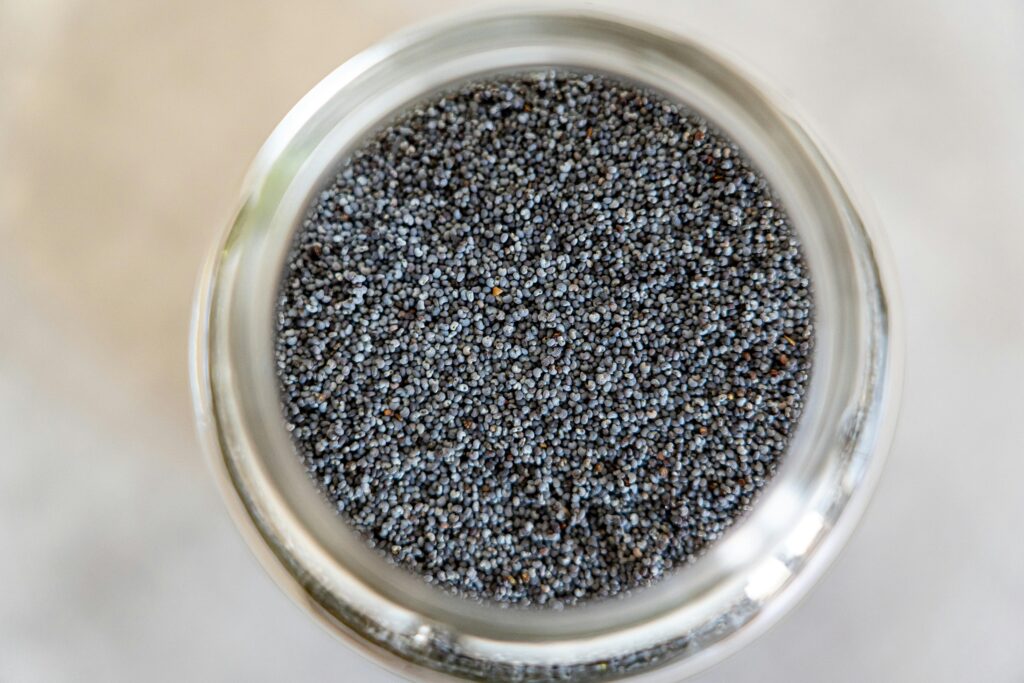
8. Chia Seeds
Tiny but mighty, chia seeds exemplify the adage that big things often come in small packages. They’re loaded with fiber, protein, and alpha-linolenic acid (ALA)—an omega-3 fatty acid linked to heart health and reduced inflammation. Fiber, in particular, supports digestive health and helps regulate blood sugar levels, while also boosting satiety.
One of chia seeds’ unique features is their ability to absorb liquid and form a gel, making them useful as a thickening agent in sauces or as an egg substitute in vegan baking. A popular approach is to create chia pudding: mix the seeds with milk (dairy or plant-based), a sweetener like honey or maple syrup, and possibly some vanilla extract. Let it sit overnight, and you’ll wake up to a creamy, nutrient-dense breakfast or snack. Sprinkle chia seeds on salads, oatmeal, or smoothies for an instant nutrient upgrade. Thanks to their mild flavor and long shelf life, chia seeds are an easy way to elevate any dish.
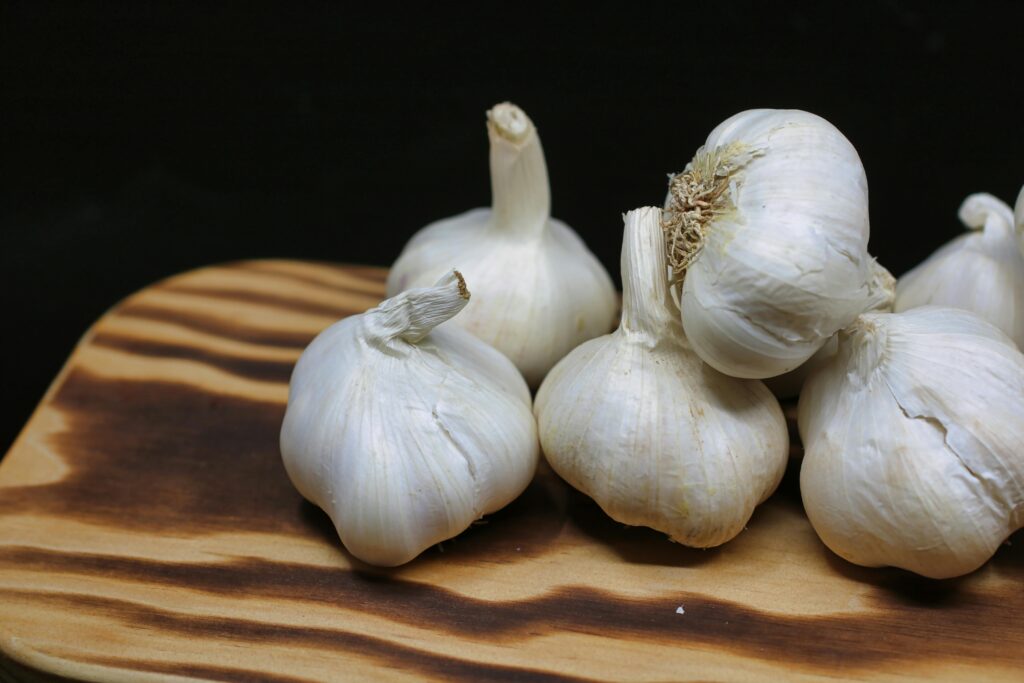
9. Garlic
Garlic has long been valued not only for its robust flavor but also for its medicinal benefits. Its active compound, allicin, exhibits antimicrobial and anti-inflammatory properties and may support heart health by assisting in regulating blood pressure and cholesterol levels. Garlic also provides vitamins C and B6, manganese, and selenium, supporting immune function and metabolic processes.
Preparation methods can affect garlic’s benefits. Chopping or crushing garlic and letting it rest a few minutes before cooking maximizes allicin formation. Roasting whole garlic heads yields a sweeter, mellower flavor perfect for soups or spreading on bread. Whether used in marinara sauce, sautéed with vegetables, or minced into salad dressings, garlic significantly elevates both taste and nutritional value. Some people even consume it raw for a potent health kick. Regardless of how you enjoy it, garlic remains a superfood that proves healthy eating can also be full of flavor.

10. Sweet Potatoes
Sweet potatoes earn their superfood status primarily through their high beta-carotene content, which the body converts into vitamin A. This nutrient is critical for vision, immune health, and maintaining healthy skin. Sweet potatoes also contain vitamin C, manganese, and fiber, contributing to stable energy and digestive support. Their color spectrum can range from orange to purple, each hue offering a distinct antioxidant profile.
Culinarily, sweet potatoes are exceptionally versatile. Their natural sweetness makes them a candidate for both sweet and savory dishes. Bake them whole for a nutritious side, or slice them into wedges for homemade, oven-baked fries. You can mash them with olive oil and herbs or purée them into soups for creaminess without the dairy. With a lower glycemic index than white potatoes, sweet potatoes may help moderate blood sugar, although individual responses can vary. No matter how you prepare them, these root vegetables deliver a comforting, nutrient-rich option for any meal.

11. Green Tea
Although not a standard “food,” green tea earns its superfood reputation courtesy of its potent antioxidant content, especially catechins like EGCG (epigallocatechin gallate). Research links these compounds to cardiovascular benefits, metabolic support, and potential neuroprotective effects. Green tea also provides a moderate dose of caffeine and an amino acid, L-theanine, which can enhance mental alertness without the jitters associated with coffee.
Brewing the perfect cup calls for water heated to about 160–180°F (71–82°C), steeping the leaves for only a couple of minutes to avoid a bitter taste. If you find green tea’s flavor too mild, consider varieties like jasmine or mint-infused green tea. Matcha—a powdered form of whole tea leaves—delivers an even more concentrated burst of antioxidants. Enjoyed hot or iced, green tea stands as a refreshing, low-calorie beverage that can complement a well-rounded lifestyle.
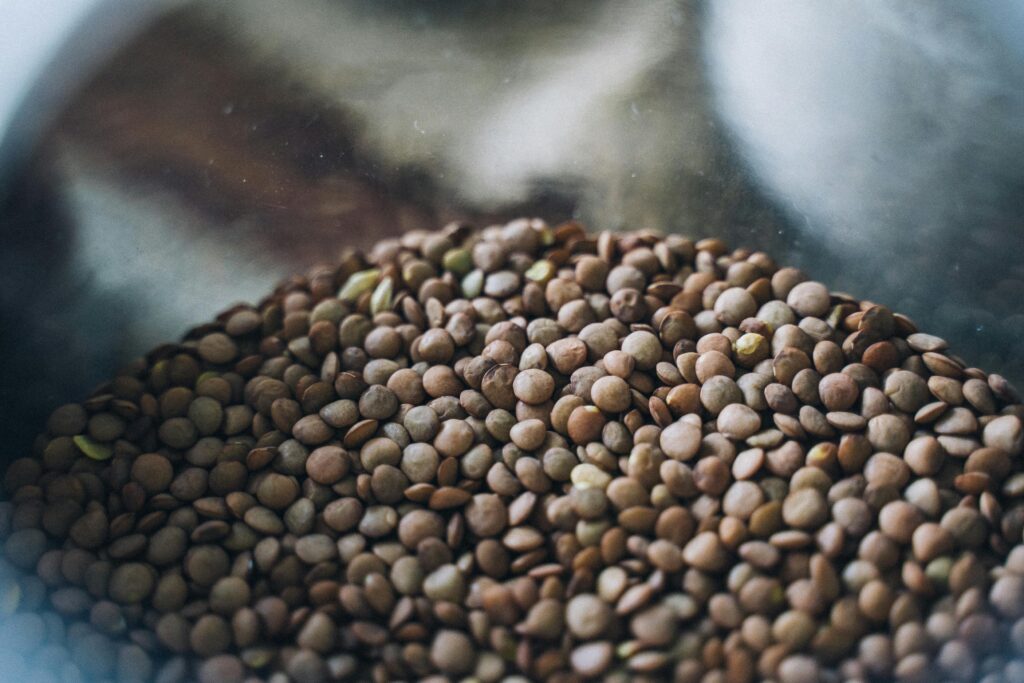
12. Lentils
Lentils may not capture the spotlight like some trendier superfoods, but they are no less deserving of the title. Brimming with protein, fiber, iron, and folate, lentils support stable energy, healthy blood cell production, and efficient digestion. They also feature complex carbohydrates that release energy more steadily than simple carbs, aiding in blood sugar regulation.
One of lentils’ biggest advantages is their quick cooking time; they generally require no soaking and can be table-ready in about 20 minutes. From hearty lentil soups and stews to salads and veggie burgers, lentils blend seamlessly with numerous cuisines. Simmer them in a tomato-based sauce for a comforting dhal, or toss them into a salad with fresh vegetables and a light dressing. Their long shelf life, affordability, and robust nutrient profile make them a smart choice for any health-conscious pantry.
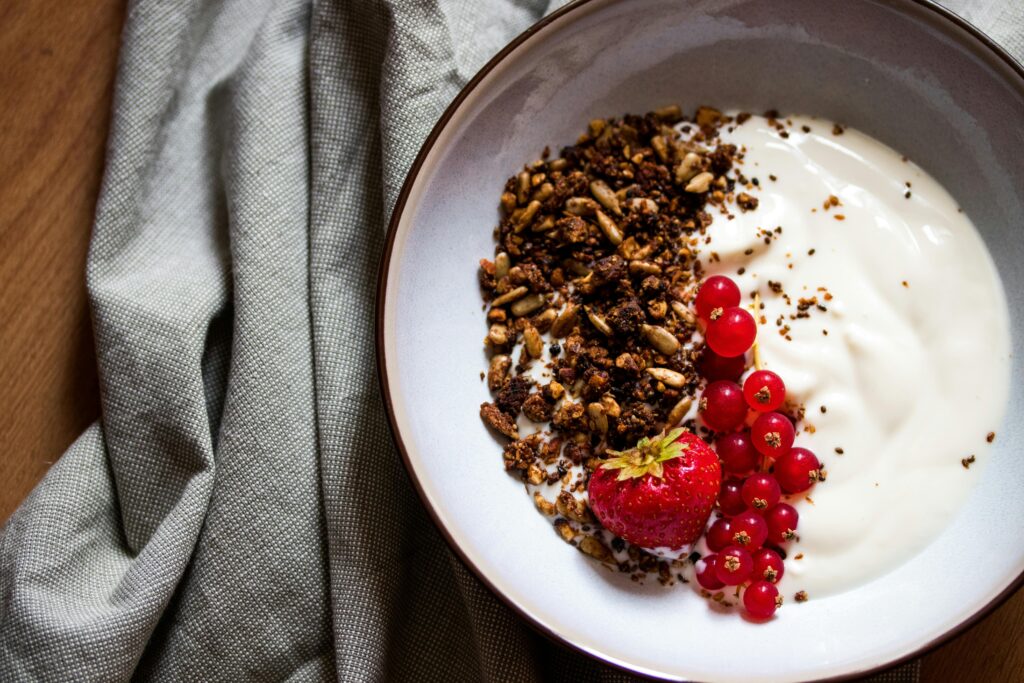
13. Greek Yogurt
Greek yogurt is distinguished from regular yogurt by a straining process that removes whey, yielding a thicker texture and a higher protein count. A single cup can contain upwards of 20 grams of protein, essential for muscle maintenance and immune support. Rich in calcium for bone health and packed with probiotics for gut health, Greek yogurt ticks multiple nutritional boxes.
Versatility is another strong suit of Greek yogurt. Enjoy it plain with fruit and honey for breakfast, or use it as a base for creamy salad dressings and dips. Thanks to its tangy flavor, Greek yogurt often replaces sour cream in recipes, cutting down on fat while adding protein. For dessert lovers, blending Greek yogurt with berries and freezing it creates a healthier ice-cream-like treat. Choose plain varieties to avoid excessive added sugars and sweeten them naturally with fruit or a small amount of honey.

14. Walnuts
Walnuts occupy a unique spot among nuts for their high omega-3 fatty acid content (specifically alpha-linolenic acid, ALA). These healthy fats may help reduce inflammation, support heart health, and aid cognitive function. Beyond fats, walnuts provide protein, fiber, and vital minerals like magnesium and copper, which contribute to metabolic and immune processes.
Walnuts have a distinctive, earthy flavor that pairs well with sweet or savory dishes. Chop them for salads, oatmeal, or yogurt, or grind them into pesto for an extra-rich sauce. Toasting walnuts briefly intensifies their nuttiness, making them a satisfying snack. Because they’re calorie-dense, keep an eye on portion sizes—usually a small handful is enough. Even so, walnuts’ nutrient profile makes them a powerhouse option, promoting everything from cardiovascular function to a sharper mind.

15. Dark Chocolate
Dark chocolate may feel like a treat, yet it can be a healthy one in moderation. High-cocoa dark chocolate—at least 70% cocoa—is rich in flavonoids, antioxidants that can support heart health and potentially improve blood flow. These compounds may also help regulate blood pressure when part of an overall balanced lifestyle. Additionally, dark chocolate contains minerals like iron, magnesium, and zinc.
Quality is key. Milk chocolate or candy bars loaded with sugar won’t offer the same benefits. Aim for one or two ounces of high-cocoa chocolate for dessert or an afternoon pick-me-up. Melt it to drizzle over fruit or stir into oatmeal for a decadent twist. The bitterness can be an acquired taste, but those who adapt often find dark chocolate’s rich flavor more than worth the initial adjustment.
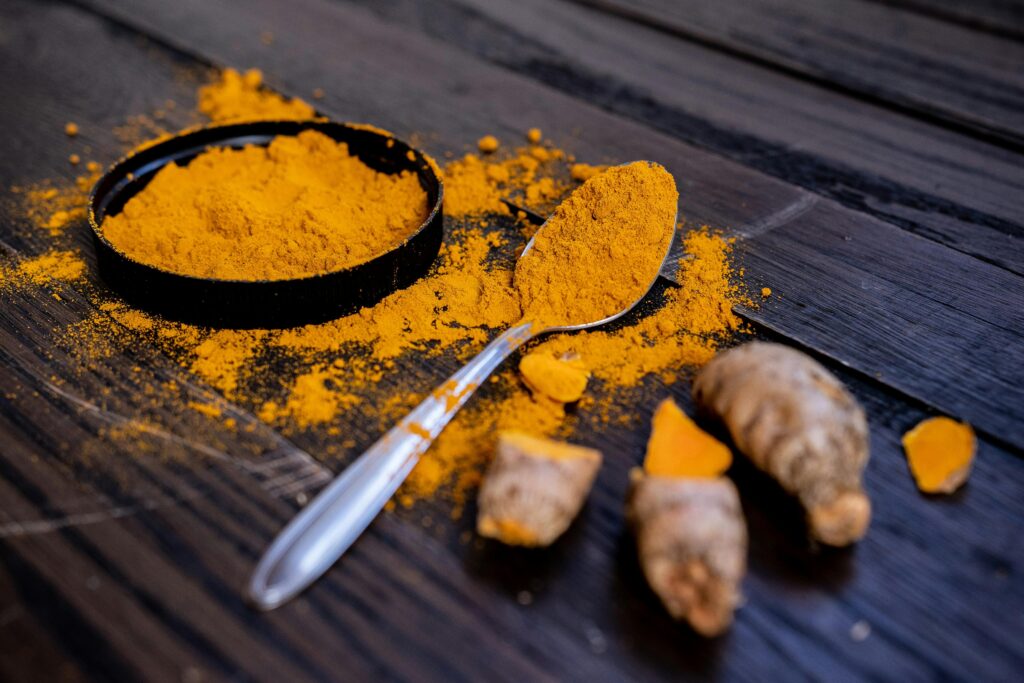
16. Turmeric
A cornerstone of Indian and Southeast Asian cuisines, turmeric has been celebrated in Ayurvedic medicine for centuries. Its active compound, curcumin, displays potent anti-inflammatory and antioxidant properties, potentially reducing joint pain and supporting cardiovascular health. Preliminary studies also suggest curcumin might help combat certain cancers, though more research is required.
Turmeric’s warm, earthy flavor pairs well with complementary spices like ginger, cumin, and coriander. Beyond curries, you can blend a small amount into smoothies or make golden milk—a soothing beverage of milk (dairy or plant-based), turmeric, black pepper (to aid absorption), and a hint of sweetener. If the taste isn’t to your liking, supplements are an option, but whole-food sources tend to be more synergistic. However you incorporate it, turmeric offers a colorful and potentially wide-ranging boon to health.

17. Seaweed
Staple to many East Asian diets, seaweed includes varieties like nori, wakame, and kelp. Rich in iodine—a mineral vital for thyroid function—seaweed can help maintain hormonal balance and metabolism. It’s also a source of antioxidants, fiber, and trace minerals such as iron and calcium. Certain kinds of seaweed even provide small amounts of omega-3 fats.
Seaweed’s uses extend far beyond wrapping sushi. Dried nori sheets can be roasted for a crunchy snack or sprinkled onto salads. Wakame finds its way into soups or marinated salads, while kelp noodles offer a low-carb alternative to traditional pasta. Pay attention to sodium levels, as some products are high in salt. For seaweed newcomers, start with familiar forms like sushi rolls or miso soup and gradually branch out to other preparations.
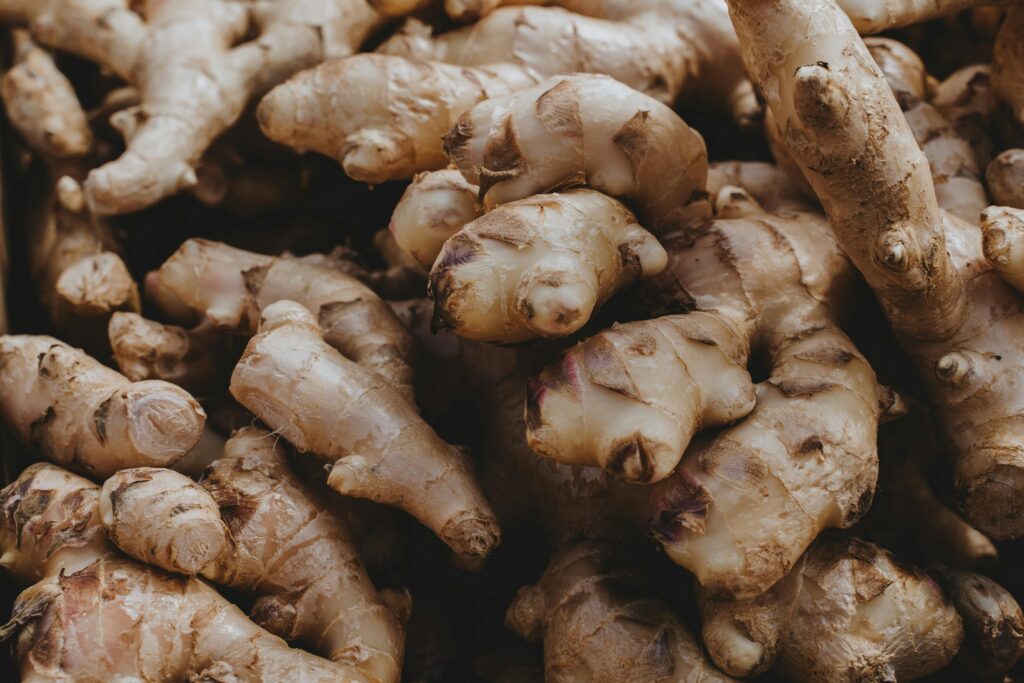
18. Ginger
Renowned for its zesty, peppery flavor, ginger boasts a storied history in both cooking and medicine. Its active component, gingerol, is known to deliver anti-inflammatory and antioxidant benefits, possibly helping with digestion, nausea relief, and muscle soreness. Across many cultures, ginger figures prominently in herbal remedies—from ginger tea for colds to compresses for joint discomfort.
Culinarily, ginger is astonishingly flexible. Grate it into stir-fries, soups, and sauces, or pair it with garlic and chili for a flavor-packed marinade. When steeped in hot water with lemon and honey, fresh ginger makes a soothing tea. In baking, powdered ginger enlivens cookies, cakes, and breads. Those who find fresh ginger too strong might try crystallized ginger or ginger-infused honey for a milder yet still beneficial taste. From sweet treats to savory meals, ginger’s aromatic warmth can elevate both flavor and wellness.
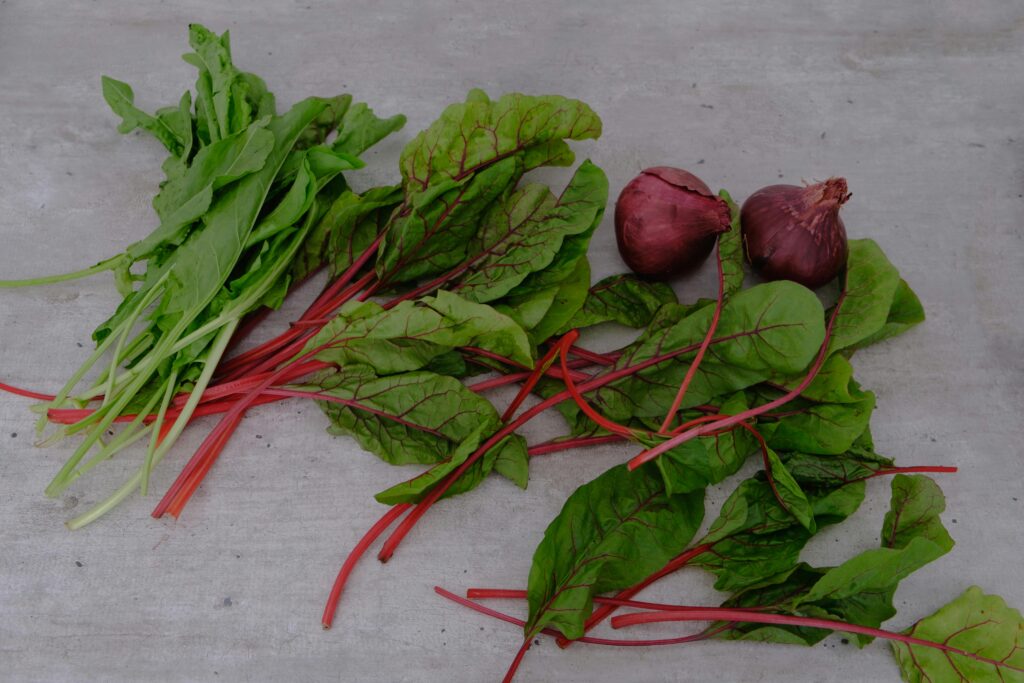
19. Beets
Beets dazzle with their vibrant color—a clue to their high antioxidant content, including compounds known as betalains. These pigments may help quell inflammation and support cell health. Loaded with fiber, folate, potassium, and magnesium, beets also assist with digestion, blood pressure regulation, and nerve function. Some athletes favor beet juice for its nitrate content, which converts to nitric oxide and may enhance oxygen efficiency and endurance.
Roasting beets brings out their natural sweetness; just slice or dice them, drizzle with olive oil, and add a sprinkle of herbs. Boiled or steamed beets can top salads, while raw beets lend crunch and color to slaws. For a creative spin, blend cooked beets into hummus or smoothies. Keep in mind that beets can stain cutting boards and clothing, so exercise caution. Whatever your method, beets contribute nutrients and a lively hue to any dish.
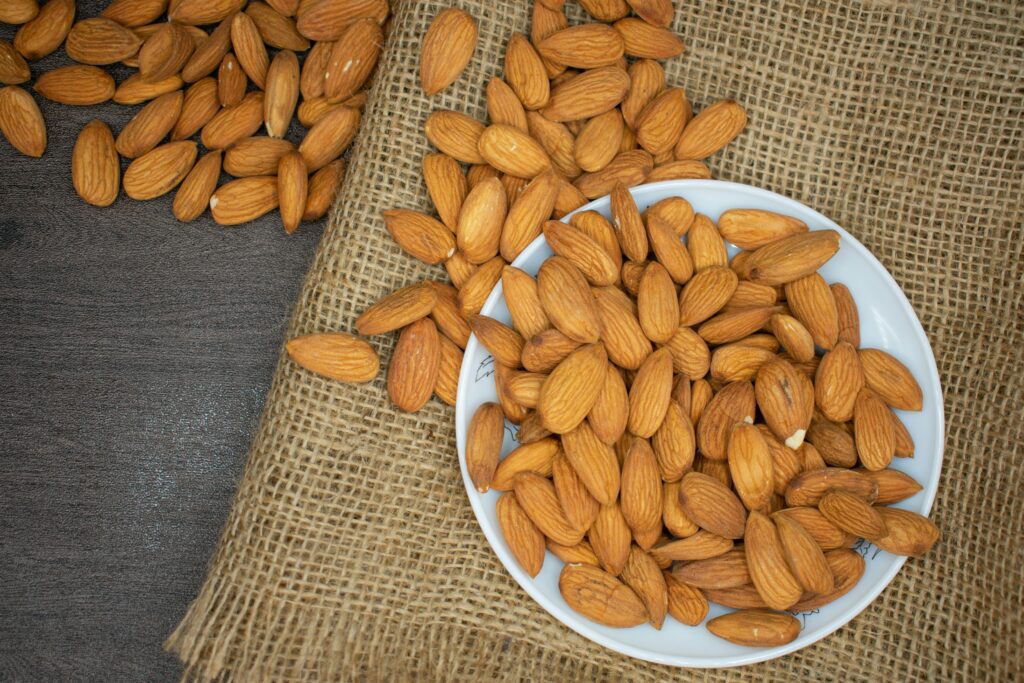
20. Almonds
Almonds rank among the world’s most popular tree nuts for good reason. They deliver heart-healthy monounsaturated fats, protein, fiber, vitamin E, and magnesium. Vitamin E acts as an antioxidant, safeguarding cells against oxidative stress, while magnesium aids muscle and nerve function. This nutrient blend can help stabilize blood sugar, support cardiac health, and possibly assist in weight management by promoting fullness.
Enjoy almonds roasted for a straightforward snack, or chop them to top salads, oatmeal, and yogurt. Almond flour is a growing favorite in gluten-free or low-carb baking, bringing a nutty flavor and moist texture to cakes and cookies. Almond butter can replace peanut butter, offering variety to sandwiches and smoothies. Keep an eye on portion sizes—like most nuts, almonds are calorie-dense—but in moderation, they contribute crunch, richness, and excellent nutrition to your daily routine.
In the grand tapestry of healthy eating, superfoods are like vibrant, high-quality threads that strengthen and enliven the overall pattern. Kale contributes a wealth of micronutrients to bolster everything from bone density to immune function, while blueberries and salmon deliver protective antioxidants and essential fatty acids. When combined with staples like quinoa and lentils—or enhanced by flavor-boosters like garlic and ginger—these foods can transform everyday meals into nutritional powerhouses.
Yet it’s crucial to see superfoods not as magic bullets but as integral parts of a balanced lifestyle. These nutrient-dense gems shine brightest alongside adequate rest, stress management, hydration, and regular physical activity. While it’s easy to be swayed by the latest dietary trend, many of the tried-and-true superfoods discussed here have stood the test of time in both cultural traditions and modern scientific research.
If this list feels overwhelming, start small. Maybe add a handful of blueberries to your morning oatmeal or replace white rice with quinoa a couple of times a week. Over time, these incremental changes accumulate, yielding tangible improvements in energy, mood, and overall health. Get creative, too—pair salmon with a kale salad dressed in an almond-based vinaigrette, or experiment with golden milk sweetened by a bit of dark chocolate. Above all, let enjoyment guide you, because lasting dietary shifts are more likely to stick if you genuinely look forward to your meals.
By regularly incorporating superfoods into a balanced meal plan, you’re giving yourself a steady supply of high-quality fuel to support longevity, vitality, and day-to-day well-being. Here’s to embracing the full spectrum of flavors, colors, and benefits that these foods offer—and discovering that healthy eating can indeed be satisfying, delicious, and deeply nurturing.

